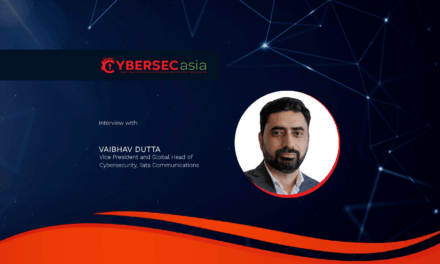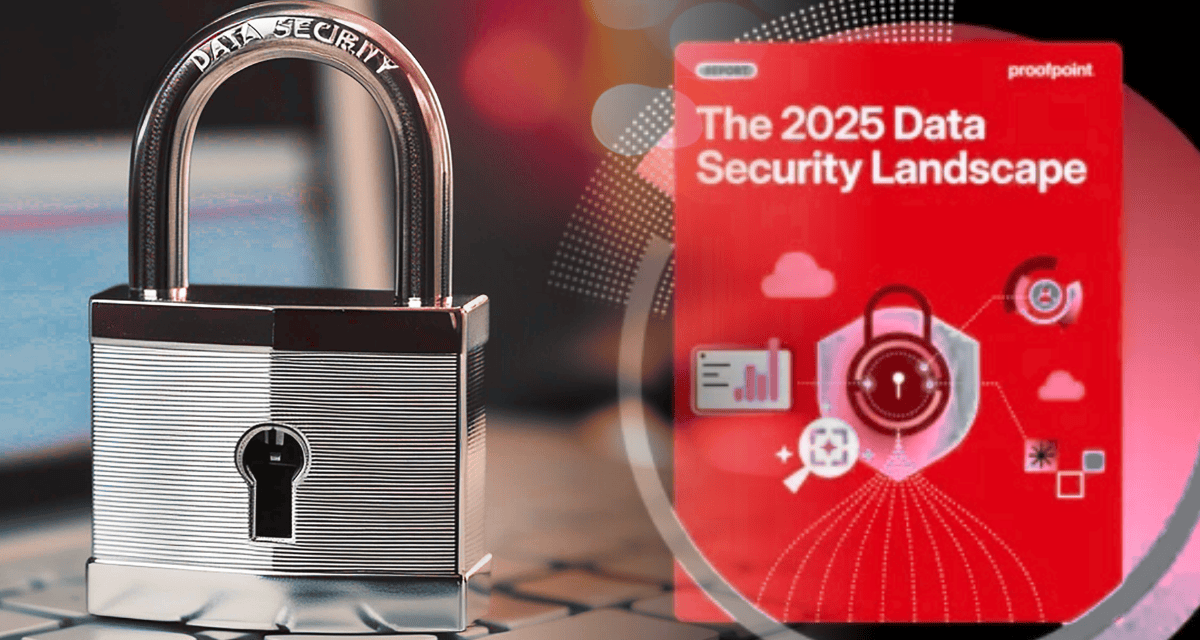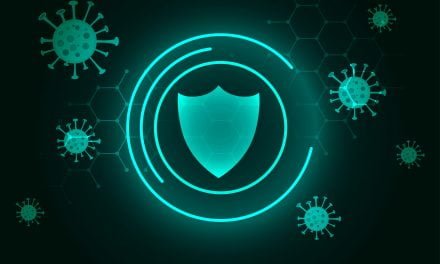New Year report finds many organizations lack the visibility and controls to govern the agentic workspace, where humans and AI agents interact with sensitive data.
Proofpoint has released its second annual Data Security Landscape report, revealing that organizations continue to face widespread data loss as they struggle to protect sensitive information amid explosive data growth, AI adoption, and the emergence of AI agents in the workplace.
The report, based on insights from 1,000 security professionals across 10 countries combined with Proofpoint platform data, highlights the rapid adoption of AI-driven productivity tools and autonomous agents that handle sensitive data is compounding risk for enterprises.
Organizations today are struggling with explosive data growth, sprawling IT environments, persistent insider risks and the adoption of generative AI (GenAI).
Many lack the visibility and controls to govern this emerging “agentic workspace,” where humans and AI systems now work side by side. Meanwhile, surging data volumes are putting even greater strain on already stretched security teams.
Key findings
Key findings of the 2025 Data Security Landscape report include:
- 85% of organizations experienced a data loss incident in the past year
- Careless insiders are the most cited cause of data loss incidents
- Just 1% of users were responsible for 76% of data loss events
- 46% of organizations cite data sprawl across cloud and SaaS apps as a top security challenge
The report makes a compelling case for unified, AI-powered data security solutions that reduce security risk, lower operational cost and enable business agility.
“We’ve entered a new era of data security where insider threats, relentless data growth, and AI-driven change are testing the limits of traditional defences,” said Ryan Kalember, chief strategy officer, Proofpoint.
“Fragmented tools and limited visibility leave organisations exposed. The future of data protection depends on unified, AI-powered solutions that understand content and context, adapt in real time, and secure information across both human and agent activity.”


















